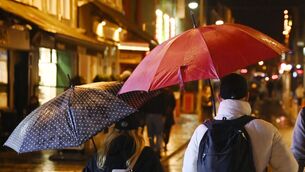A trip around the world at the click of a mouse
Or perhaps you’d prefer to explore the mosaics of Pompeii. Or gaze upon the nine-storey Roman aqueduct in Segovia, Spain. Or track down the Aboriginal rock art at Kakadu National Park in Australia. Maybe all of the above.
No longer restricted to tarmac, Google Street View has gone off-roading to bring some of the world’s most impressive monuments and parks to the internet. The World Wonders Project is the latest creation from the Paris-based Google Cultural Institute.












